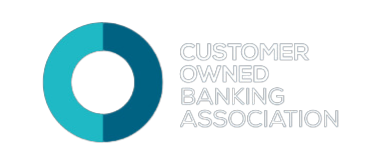10 Essential Tips for Safe Online Shopping
Online shopping brings the convenience of browsing and purchasing from the comfort of your home, but it’s essential to prioritise safety to protect your personal and financial information. As you navigate the digital marketplace, consider these ten crucial tips to ensure a safe and secure online shopping experience.
1. Shop from Reputable Websites:
Stick to well-known and established online retailers. Look for sites with a secure connection (https://) and a reputation for reliable service.
2. Use Secure Wi-Fi Networks:
Avoid making online purchases while connected to public Wi-Fi networks. Opt for secure, password-protected connections to minimize the risk of data interception.
3. Update Your Devices and Software:
Regularly update your computer, smartphone, and antivirus software. The latest updates often include security patches that protect against potential vulnerabilities.
4. Enable Two-Factor Authentication:
Strengthen your online accounts by enabling two-factor authentication whenever possible. This additional layer of security requires a verification code, enhancing account protection.
5. Be Cautious with Personal Information:
Only provide essential information during the checkout process. Legitimate sellers typically don’t require extensive personal details. Avoid sharing sensitive information unnecessarily.
6. Use Strong and Unique Passwords:
Create strong, unique passwords for your online shopping accounts. Avoid using the same password across multiple sites and consider using a reputable password manager for added security.
7. Beware of Phishing Attempts:
Stay vigilant against phishing emails and fraudulent websites. Avoid clicking on suspicious links or providing personal information in response to unsolicited messages.
8. Verify Website Security:
Before making a purchase, check for secure payment options and a padlock icon in the address bar. This indicates a secure connection, helping protect your payment information.
9. Read Reviews and Ratings:
Research products and sellers by reading customer reviews and ratings. Insights from other buyers can help you make informed decisions and avoid potential scams.
10. Monitor Your Accounts:
Regularly review your bank and credit card statements for any unauthorised transactions. Report any suspicious activity to your us immediately.
In addition to these tips, consider using virtual credit cards or dedicated debit cards for online transactions to limit potential financial exposure. By staying informed, adopting secure practices, and trusting your instincts, you can navigate the digital shopping landscape with confidence. Remember, an ounce of prevention goes a long way in ensuring a safe and enjoyable online shopping experience.
Disclaimer: The content of this article is general in nature and is presented for informative purposes. It is not intended to constitute tax or financial advice, whether general or personal nor is it intended to imply any recommendation or opinion about a financial product. It does not take into consideration your personal situation and may not be relevant to circumstances. Before taking any action, consider your own particular circumstances and seek professional advice. This content is protected by copyright laws and various other intellectual property laws. It is not to be modified, reproduced, or republished without prior written consent.

